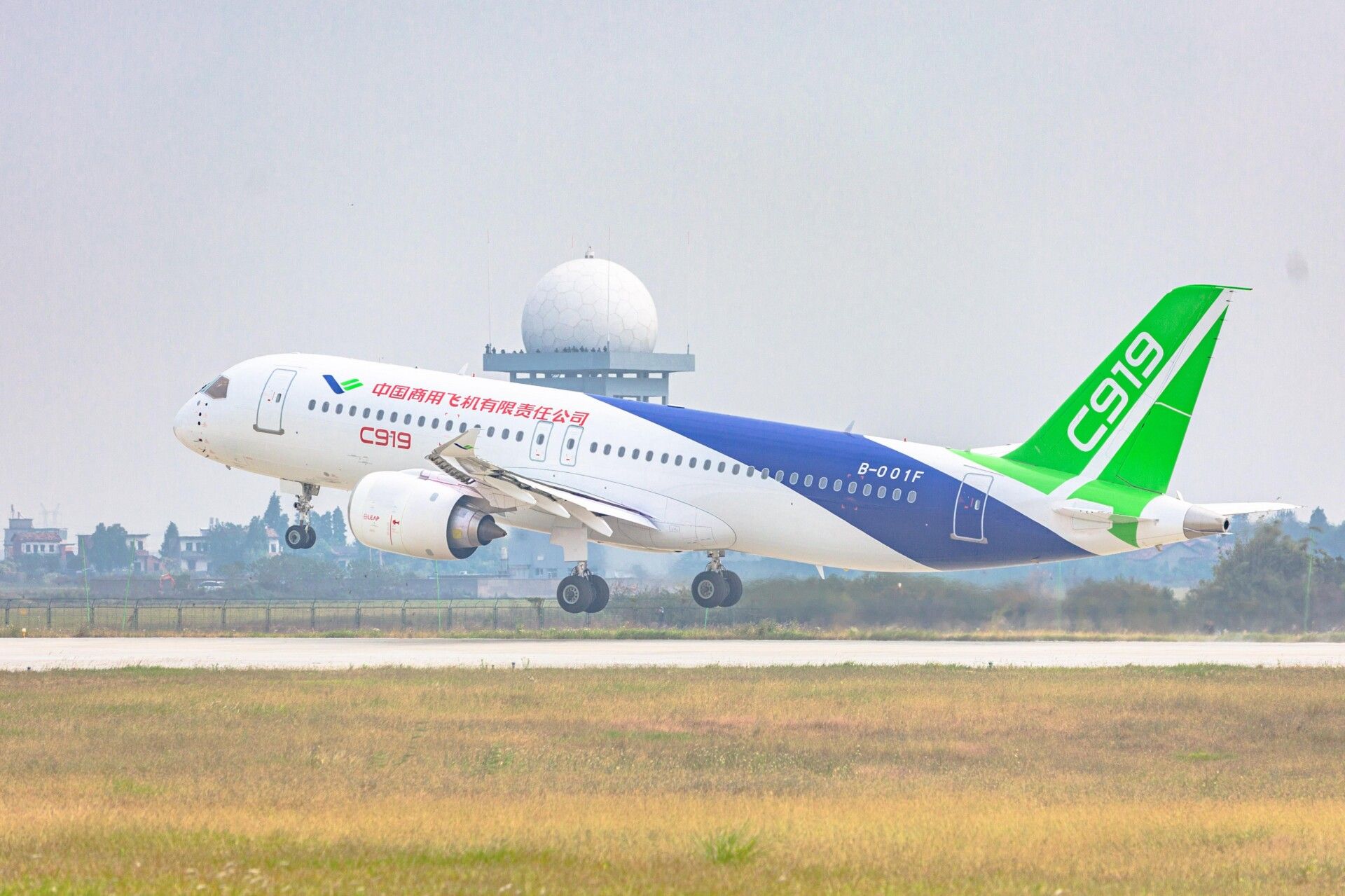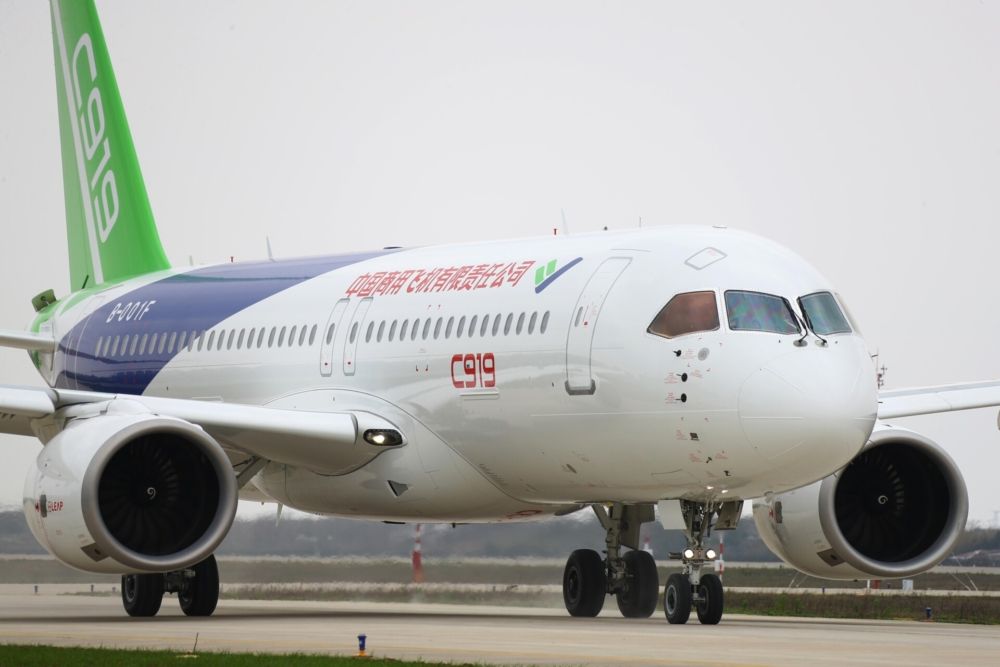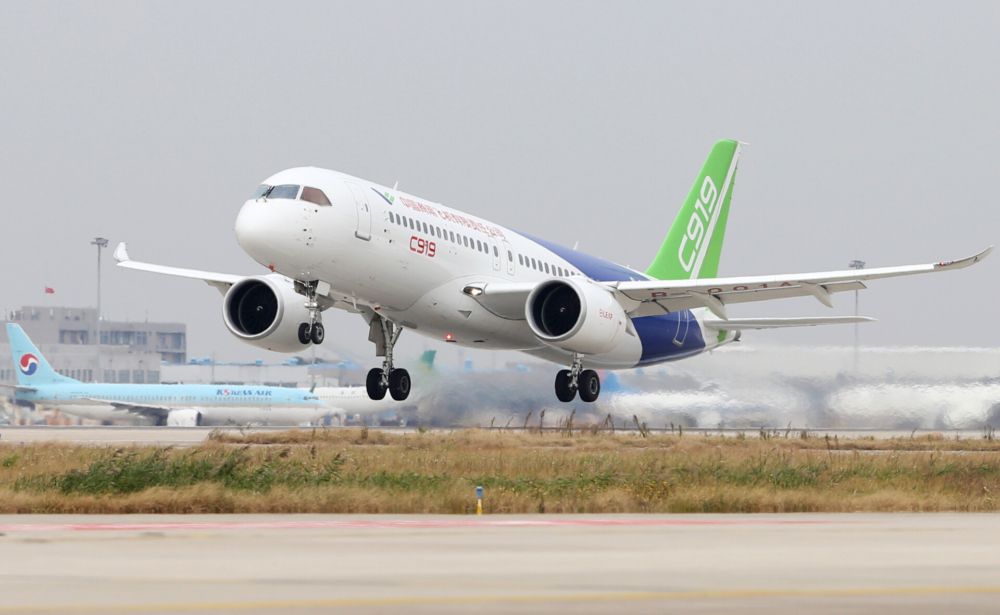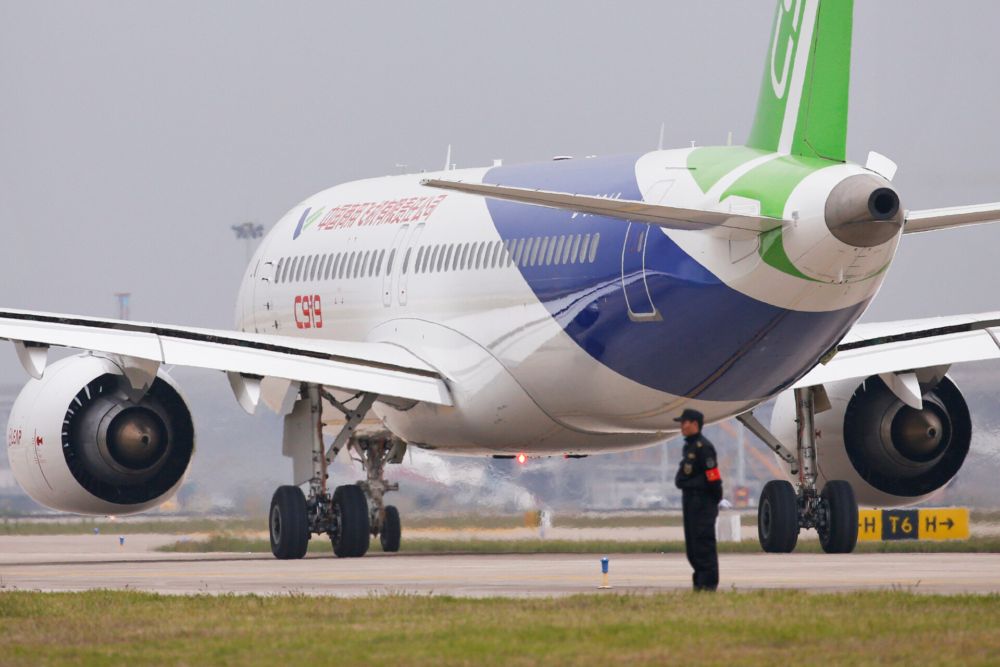One of China's newest jets, the C919, remains under development. However, the aircraft is facing a new set of delays reportedly over US export rules. This has continued to delay the certification of the aircraft, but the manufacturer, COMAC, is not yet giving up.
US export laws reportedly delaying C919 development
Sources told Reuters that COMAC's C919 jet has yet to debut because its US suppliers are facing delays in getting permission to send parts over to China for work on the C919.
While suppliers are receiving the requisite permissions to deliver parts to China, the development of the C919 has not been as robust as desired. However, the company is reportedly continuing to move forward with certification.
There is still enough time for COMAC's C919 to receive certification from its home country's regulator. However, if it does not meet safety requirements, COMAC will need to do some rework, which could add more time to the development process.
The C919
The C919 is a narrowbody aircraft expected to seat between 158 and 168 passengers with a range of 4,075 to 5,555 kilometers (~2500 to ~3500 miles). This places it in the competitive range of the Boeing 737 family and Airbus A320 family.
While it is in development in China, not all of the parts are coming from China. The engines, for example, will use LEAP Engines from CFM International, which is a joint venture between GE in the US and Safran Aircraft Engines in France. At one time, it seemed that the US government was gearing up to block sales of this engine to China, though that did not come to fruition.
China is trying to work on building out its aircraft manufacturing portfolio. However, that has been largely limited compared to what Boeing and Airbus have made. One of the only Chinese jet aircraft in passenger service is the ARJ21, produced by COMAC as well. COMAC stands for Commercial Aircraft Corporation of China, Limited.
Even if the C919 does receive certification in China, it is not guaranteed to be certified in other countries, which will be a must for sales. Nearly every customer for the C919 is based in China. One based outside of China is GECAS, which is the leasing arm of GE. Without certification in other countries, the jet would be limited to operating in China. However, once it gets certification in China, it could entice other countries with airlines hungry for aircraft to look at and certify the jet, which could lead to new orders.
COMAC is still hoping to get the aircraft ready for customers by the end of the year. This will allow the plane to enter commercial flights with passengers next year, depending on what regulators feel about the aircraft.
US export laws
Current laws on US investments and support for various Chinese organizations require special government permission to export certain technology or goods to Chinese companies. This includes those companies with ties to the military or with companies that have humanitarian issues.
The C919 relies heavily on technology and certain products that will come from the US or US-based companies and falls under this umbrella. However, while the US government requires this, the speed at which these permissions are issued, and deliveries can proceed varies.




